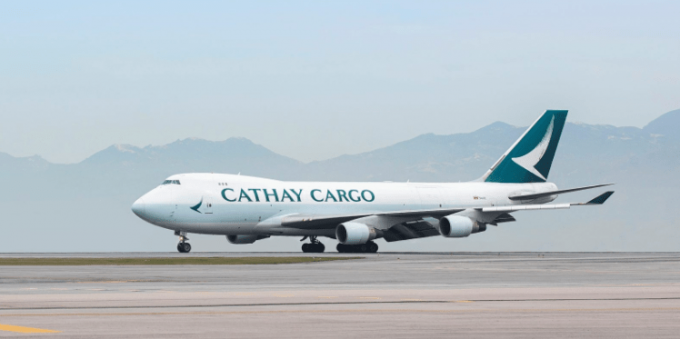South Korea's LX Pantos acquires logistics hub in US
South Korean 3PL LX Pantos said yesterday it had teamed with state-backed maritime financial institution ...

Japan is enjoying increasing exports of fruit and fresh produce around Asia, helping sustain otherwise weak air cargo demand in the region as semi-conductor trade declines.
December saw an all-time high of fruit and vegetable exports, by value, up nearly 500% on the 40-year average, although exports in January, year on year, fell 15%. However, the following two months saw year-on-year gains.
Cathay Cargo said the volumes were supporting its flights. Noting it was the “quieter season” for cargo, regional head of ...
'Disastrous' DSV-Schenker merger would 'disrupt European haulage market'
New senior management for DSV as it readies for DB Schenker takeover
Volumes set to 'fall off a cliff' as US firms hit the brakes on sourcing and bookings
Asian exporters scramble for ships and boxes to beat 90-day tariff pause
Amazon pushes into LTL for small package fulfilment and UPS does a u-turn
Temporary tariff relief brings on early transpacific peak season
Pre-tariff rush of goods from US to China sees air rates soar, but not for long
Forwarders 'allowing the fox into the chicken run' by supporting 'hungry' carriers

Comment on this article